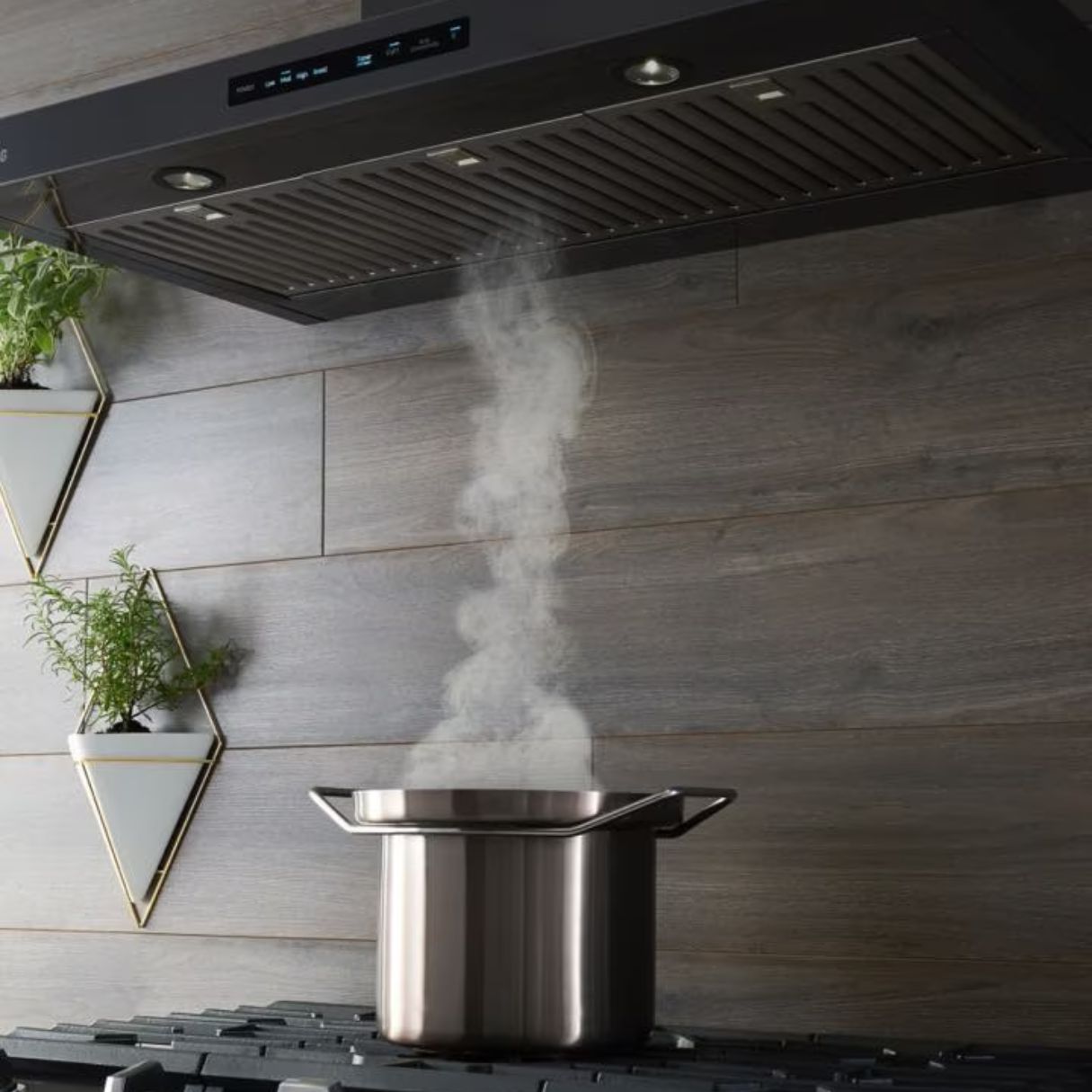

Articles
What Is A Range Hood
Modified: October 20, 2024
Discover the benefits of installing a range hood in your kitchen. Our articles provide valuable insights and tips on choosing the right range hood for your needs.
(Many of the links in this article redirect to a specific reviewed product. Your purchase of these products through affiliate links helps to generate commission for Storables.com, at no extra cost. Learn more)
Introduction
A range hood is an essential appliance in the kitchen that helps to remove smoke, odors, grease, and other pollutants generated during cooking. It consists of a ventilation system that sucks up the air and filters it before releasing it back into the kitchen or expelling it outdoors. In addition to its functional benefits, a range hood also enhances the aesthetics of the kitchen and adds a touch of sophistication.
In this article, we will explore the different aspects of range hoods, including their definition, importance, components, types, benefits, factors to consider when choosing one, installation and maintenance tips, as well as common problems and troubleshooting solutions.
Whether you are a professional chef or an amateur cook, having a range hood in your kitchen can significantly improve your cooking experience and the overall quality of the air in your home. Let’s dive deeper and learn why range hoods are a must-have appliance for any kitchen.
Key Takeaways:
- Range hoods are essential for maintaining a healthy and clean kitchen environment by removing smoke, odors, and pollutants, enhancing safety, and improving indoor air quality.
- When choosing a range hood, consider factors such as cooking habits, kitchen size, installation location, and budget, and ensure proper installation and maintenance to maximize its effectiveness and longevity.
Read more: What Is A Range Hood Filter
Definition of a Range Hood
A range hood, also known as a kitchen hood or exhaust hood, is a mechanical device that is installed above the cooktop or range in a kitchen. Its primary function is to remove smoke, grease, steam, and odors generated by cooking. The range hood consists of a canopy or hood that is placed over the cooking area, a fan or blower that creates the suction, and a duct system that directs the contaminated air outside the kitchen or filters and recirculates it back into the space.
Range hoods come in various sizes and styles to suit different kitchen layouts and design preferences. They can be wall-mounted, under-cabinet, or island hoods, depending on the installation location. Some range hoods are integrated into the kitchen cabinetry, creating a seamless and streamlined look, while others are standalone units that make a bold statement in the kitchen.
The effectiveness of a range hood in capturing and removing airborne pollutants depends on its ventilation power, measured in cubic feet per minute (CFM). The higher the CFM rating, the more powerful the range hood is at evacuating the air. It is important to choose a range hood with a suitable CFM rating that matches the size of your kitchen and the cooking habits of your household.
Furthermore, range hoods often come with additional features such as built-in lighting to illuminate the cooking area, variable speed settings to adjust the fan speed, and dishwasher-safe filters that trap grease and grime. These features contribute to the overall functionality and convenience of the range hood.
Overall, a range hood serves as a crucial component in any kitchen, ensuring that the air is clean and free from cooking byproducts. It not only enhances the cooking environment but also helps to maintain the cleanliness and freshness of the entire home.
Importance of a Range Hood
A range hood plays a significant role in maintaining a healthy and enjoyable cooking environment. Here are some key reasons why a range hood is important in every kitchen:
- Removal of Smoke and Odors: When you cook, smoke, steam, and odors are released into the air. A range hood helps to capture and eliminate these pollutants, preventing them from spreading throughout the kitchen and the rest of the house. This not only keeps the air fresh but also prevents the lingering smell of cooking from permeating fabrics, furniture, and other surfaces.
- Extraction of Grease and Vapors: Cooking oil and grease particles tend to get airborne during the cooking process. These particles can settle on surfaces, leaving behind a sticky residue and making cleaning more challenging. A range hood with effective filtration helps to trap grease and other particles, reducing the amount of buildup on cabinets, walls, and appliances.
- Improvement of Indoor Air Quality: Indoor air pollution can be a significant concern, especially in a kitchen where cooking activities release a variety of contaminants. These pollutants can include carbon monoxide, nitrogen dioxide, and volatile organic compounds (VOCs) emitted from cooking appliances. A range hood with proper ventilation significantly reduces the concentration of these pollutants, creating a healthier indoor environment for you and your family.
- Prevention of Mold and Mildew: Steam and moisture generated during cooking can contribute to the growth of mold and mildew. These can not only cause health issues but also damage your kitchen’s surfaces and materials over time. A range hood helps to remove excess moisture, preventing the development of mold and mildew in the kitchen area.
- Enhancement of Safety: Cooking can sometimes result in accidental fires. A range hood helps to remove the smoke and airborne grease particles that can fuel a fire, reducing the risk of fire hazards in the kitchen. Additionally, many range hoods come equipped with a built-in fire suppression system or automatic heat sensors that can detect high temperatures and automatically shut off cooking appliances or trigger alarms.
- Improvement of Lighting: Range hoods often come with built-in lighting, which provides additional illumination to the cooking area. This ensures better visibility while cooking, reducing the chances of accidents or injuries.
Overall, a range hood is an essential appliance that not only improves the cooking experience but also contributes to a healthier, cleaner, and safer kitchen environment. It helps to maintain the quality of indoor air, prevents the accumulation of grease and odors, and protects your kitchen from the damaging effects of steam and moisture.
Components of a Range Hood
A range hood consists of several components that work together to effectively remove smoke, odors, and other pollutants from the air. Understanding these components can help you make informed decisions when choosing a range hood for your kitchen. Here are the key components of a range hood:
- Canopy or Hood: The canopy or hood is the visible part of the range hood that is installed above the cooking surface. It is typically made of stainless steel or other durable materials and comes in various shapes and sizes, such as chimney-style, under-cabinet, or island hoods. The canopy is designed to capture and contain the airborne pollutants generated during cooking.
- Fan or Blower: The fan or blower is responsible for creating the suction that pulls air and pollutants into the range hood. It draws the contaminated air through the filters and exhausts it outside the house or recirculates it back into the kitchen after filtration. The power of the fan is measured in cubic feet per minute (CFM), which indicates how much air the range hood can move in a minute.
- Filters: Filters are an essential component of a range hood as they capture and trap grease, smoke, and other airborne particles. There are typically two types of filters used in range hoods:
- Baffle Filters: These filters are made of multiple layers of metal or stainless steel. They use a complex maze-like structure to trap grease and redirect airflow, preventing it from clogging the range hood and the ductwork. Baffle filters are highly effective in capturing grease and are dishwasher-safe for easy cleaning.
- Charcoal or Carbon Filters: These filters are used in ductless range hoods to remove odors and smoke particles. They contain activated charcoal or carbon granules that absorb and neutralize odors before recirculating the air back into the kitchen.
- Duct System: The duct system consists of the ductwork and exhaust pipe that carries the contaminated air from the range hood to the outside of the house. It directs the air away from the kitchen, preventing it from recirculating back into the living space. Ductwork should be properly installed and insulated to minimize heat loss and maintain efficient airflow.
- Control Panel: The control panel is where you can adjust the settings and functions of the range hood. It allows you to turn on/off the fan, adjust the fan speed, control the lighting, and activate any additional features that the range hood may have, such as timers or automatic shut-off.
- Optional Features: Some range hoods come with additional features to enhance their functionality and convenience. These can include built-in lighting to illuminate the cooking area, touchscreen controls for easy operation, heat sensors that automatically adjust fan speed based on the level of heat detected, and remote controls for remote operation.
Understanding the components of a range hood can help you choose the right hood for your kitchen based on your cooking needs, kitchen layout, and aesthetic preferences. Consider the size and power of the fan, the type of filters used, and additional features that can make your cooking experience more enjoyable and efficient.
Types of Range Hoods
Range hoods come in various types and styles to suit different kitchen layouts and design preferences. Understanding the different types can help you choose the most suitable range hood for your kitchen. Here are some common types of range hoods:
- Wall-Mounted Hoods: Wall-mounted hoods are the most common type of range hoods that are installed on the wall above the cooktop or range. They are typically larger in size and are designed to be a focal point in the kitchen. Wall-mounted hoods come in different styles, such as chimney-style hoods that have a visible vent stack extending from the hood, or canopy-style hoods that have a straight, streamlined design. They are suitable for kitchens with a wall space above the cooking area.
- Under-Cabinet Hoods: Under-cabinet hoods are installed beneath the kitchen cabinets above the cooktop. They are compact and space-saving, making them a popular choice for kitchens with limited space. Under-cabinet hoods are designed to seamlessly blend in with the cabinetry, providing a sleek and integrated look. These hoods often have a pull-out or slide-out panel that extends forward when in use to capture cooking fumes, and can be pushed back when not in use to save space.
- Island Hoods: Island hoods are specifically designed for kitchens with an island cooktop or range. They are mounted on the ceiling directly above the cooking area and are supported by a suspended chimney or a duct that extends from the ceiling down to the hood. Island hoods create a striking visual impact in the kitchen and provide effective ventilation for island cooking. They often feature a unique design with a canopy-style hood or a decorative and stylish glass enclosure.
- Downdraft Hoods: Downdraft hoods are a popular choice for kitchen islands or open-concept kitchens where a traditional range hood may obstruct the view. These hoods are installed behind the cooktop and rise up from the countertop when in use. They work by pulling the air downward and expelling it through a duct system located beneath the floor or behind a wall. Downdraft hoods offer a sleek and unobtrusive design, providing effective ventilation while maintaining an open and spacious kitchen layout.
- Custom Hoods: Custom range hoods are designed to match specific kitchen designs and can be customized to fit unique requirements. These hoods are typically created by incorporating custom materials or finishes, such as wood, copper, or stone, to complement the kitchen cabinetry or overall design theme. Custom range hoods offer a personalized touch and allow you to create a truly unique and bespoke look for your kitchen.
When choosing a range hood, consider the style and design that will best complement your kitchen aesthetics and layout. Additionally, ensure that the CFM rating of the range hood matches your cooking needs and the size of your kitchen to ensure effective ventilation and air purification.
Read more: What Is A Convertible Range Hood
Benefits of a Range Hood
A range hood is a highly beneficial appliance that offers numerous advantages for your kitchen and home. Here are some key benefits of having a range hood:
- Improved Air Quality: One of the primary benefits of a range hood is the improvement of indoor air quality. When you cook, smoke, steam, and odors are released into the air, which can lead to poor air quality and potential health issues. A range hood effectively captures and removes these pollutants, ensuring cleaner and healthier air in your kitchen and home.
- Reduced Odors: Cooking can often create strong and lingering odors, such as frying oil or spices. A range hood with proper ventilation helps to eliminate these odors, preventing them from spreading throughout your home. This ensures a more pleasant and fresh-smelling kitchen environment.
- Protection from Grease and Grime: Cooking meals can result in the release of grease, oils, and other particles that can settle on surfaces and create a mess. A range hood with effective filters helps to capture and trap grease, preventing it from accumulating on your kitchen cabinets, walls, and other appliances. This makes cleaning up after cooking much easier and reduces the need for extensive scrubbing.
- Smoke and Steam Extraction: When you sear meat or cook using high heat, smoke is often produced, which can be irritating and can trigger smoke detectors. A range hood efficiently extracts smoke and steam, preventing the buildup of smoke in your kitchen and ensuring a more comfortable and enjoyable cooking experience.
- Protection from Harmful Gases: Gas cooktops can release harmful gases, such as carbon monoxide, nitrogen dioxide, and formaldehyde during the cooking process. A range hood with proper ventilation helps to remove these gases, reducing the risk of exposure and ensuring a safer cooking environment.
- Better Lighting: Many range hoods come equipped with built-in lighting that illuminates your cooking area, providing better visibility while you cook. This improves safety by allowing you to see your ingredients and monitor your cooking more effectively.
- Enhanced Kitchen Aesthetics: Range hoods are available in various styles and designs, allowing you to choose one that complements your kitchen decor. A stylish range hood can act as a centerpiece, adding sophistication and visual appeal to your kitchen.
- Fire Safety: Cooking accidents can happen, and a range hood acts as a safety feature by capturing smoke and airborne particles that could potentially fuel a fire. Some range hoods are equipped with sensors and automatic shut-off functionality to ensure further safety.
These benefits highlight the importance of having a range hood in your kitchen. From improving air quality and reducing odors to protecting your kitchen from grease and enhancing safety, a range hood is a valuable addition to any kitchen space.
When choosing a range hood, consider the size and layout of your kitchen, the type of cooking you do, and the ventilation power needed to effectively remove smoke, grease, and odors from your cooking area.
Factors to Consider When Choosing a Range Hood
Choosing the right range hood for your kitchen requires careful consideration of various factors to ensure optimal performance and functionality. Here are some key factors to consider when selecting a range hood:
- Cooking Habits: Evaluate your cooking habits and frequency. If you do a lot of high-heat cooking, such as frying or grilling, you may need a range hood with higher ventilation power (CFM) to effectively remove smoke and odors.
- Kitchen Size: Consider the size of your kitchen. The CFM rating of the range hood should be appropriate for the space. As a general rule, experts recommend a range hood with a minimum of 100 CFM per linear foot of cooking space.
- Installation Location: Identify the suitable installation location for your range hood. Determine if you need a wall-mounted, under-cabinet, island, or downdraft hood based on your kitchen layout and preferences.
- Ventilation Type: Decide whether you want a ducted or ductless range hood. A ducted hood vents the air outside the house through a duct system, while a ductless hood recirculates the air after passing it through filters. Ducted hoods are more effective in removing pollutants, but ductless hoods are easier to install in existing kitchens.
- Noise Level: Consider the noise level generated by the range hood’s fan. Look for models with sound-reducing features or insulated motor housings to minimize noise and provide a more comfortable cooking experience.
- Filters: Evaluate the type and maintenance requirements of the filters. Baffle filters are highly effective in trapping grease and are dishwasher-safe, while charcoal or carbon filters help eliminate odors in ductless hoods. Consider ease of access and cleaning to ensure convenient maintenance.
- Controls and Features: Look for intuitive and easy-to-use controls on the range hood. Consider additional features such as variable fan speed settings, built-in lighting, timers, delay shut-off, and automatic heat sensors for convenient and customizable ventilation.
- Aesthetic Appeal: Choose a range hood that complements the overall design and style of your kitchen. Consider the finish, materials, and design details to ensure it blends seamlessly with your kitchen decor.
- Budget: Determine your budget range for a range hood. Prices can vary significantly depending on the brand, features, and quality of the hood. It is important to find a balance between your budget and the features and performance you require.
Considering these factors will help you narrow down your options and choose a range hood that meets your specific needs and preferences. Take the time to evaluate your cooking habits, kitchen space, installation requirements, ventilation options, and desired features to make an informed decision that will enhance your cooking experience and the overall functionality of your kitchen.
Installation and Maintenance of a Range Hood
Proper installation and regular maintenance of a range hood are essential to ensure its optimal performance and longevity. Here are some key guidelines for the installation and maintenance of a range hood:
Installation:
- Follow Manufacturer’s Instructions: Read and carefully follow the installation instructions provided by the manufacturer. Each range hood model may have specific installation requirements and guidelines.
- Choose the Right Location: Determine the most appropriate location for your range hood installation. Ensure that it is above the cooktop or range, centered with the cooking surface, and at the recommended height specified in the manufacturer’s instructions.
- Proper Ventilation: If you are installing a ducted range hood, ensure that the ductwork is properly installed and connected to vent the contaminated air outside the house. The ductwork should be as short and straight as possible to maintain efficient airflow.
- Secure Mounting: Ensure that the range hood is securely mounted to the wall or ceiling using the provided brackets or mounting screws. This will prevent any movement or vibrations during operation.
- Electrical Wiring: Follow proper electrical wiring procedures. If you are not experienced with electrical work, it is recommended to hire a professional electrician to ensure safe and correct installation.
- Check for Proper Clearance: Ensure that there is adequate clearance between the range hood and any combustible materials, such as cabinets or walls. Check the manufacturer’s recommendations for clearance distances to prevent heat buildup and potential fire hazards.
Read more: What Is A Downdraft Range Hood
Maintenance:
- Regular Cleaning: Clean the range hood regularly to prevent the buildup of grease, dust, and debris. Wipe down the exterior surfaces with a damp cloth and mild soap. Clean the filters according to the manufacturer’s instructions. Baffle filters can often be cleaned in the dishwasher, while carbon filters may need to be replaced periodically.
- Check and Clean the Ductwork: If you have a ducted range hood, periodically inspect the ductwork for any blockages or buildup of grease. Clear any obstructions to maintain proper airflow. Hire a professional duct cleaning service if needed.
- Inspect and Replace Bulbs: Check the lighting bulbs in your range hood regularly and replace any that are dim or burnt out. Turn off the range hood and unplug it before replacing the bulbs to ensure safety.
- Check and Lubricate Fan Motor: Periodically inspect the fan motor for any signs of wear or noise. Lubricate the bearings if recommended by the manufacturer to ensure smooth and quiet operation.
- Annual Professional Inspection: Consider scheduling an annual professional inspection of your range hood to ensure that all components are functioning properly and to address any potential issues before they become major problems.
By following these guidelines for installation and maintenance, you can ensure the longevity and efficient operation of your range hood. Regular cleaning, proper care, and periodic professional inspections will help to maintain clean air in your kitchen and prolong the lifespan of your range hood.
Common Problems and Troubleshooting Tips for Range Hoods
While range hoods are designed to work reliably, they can encounter common issues that may affect their performance. Here are some common problems you may face with your range hood and some troubleshooting tips to resolve them:
- Inadequate Ventilation: If you notice that your range hood is not effectively removing smoke or odors, it may be a sign of inadequate ventilation. Check if the air filters are clogged and need cleaning or replacement. Additionally, ensure that the ductwork is free from blockages and properly connected.
- Noise Issues: A noisy range hood can be due to loose components or a malfunctioning fan motor. Inspect the fan and ensure it is properly secured. If the noise persists, it may be necessary to replace the fan motor or consult a professional for further evaluation.
- Grease Buildup: Over time, grease can accumulate in the filters and ductwork, affecting the efficiency of your range hood. Clean the filters regularly according to the manufacturer’s instructions. For ducted hoods, consider hiring a professional duct cleaning service to remove any accumulated grease in the ductwork.
- Light Bulb Issues: If your range hood’s light bulbs are not illuminating properly, check if they need to be replaced. Ensure that you use the correct type and wattage of bulbs recommended by the manufacturer. If the bulb still doesn’t work after replacement, there may be a problem with the wiring or the socket, and you may need to consult a professional electrician.
- Fan Speed Problems: If your range hood’s fan speed is not working properly or is stuck at a single speed, check if the control panel is functioning correctly. Clean any debris or dust that may be affecting the buttons or switches. If the issue persists, it may be a wiring or control panel problem, and professional assistance may be required.
- Odor Issues: If you experience persistent cooking odors in your kitchen despite using the range hood, ensure that the filters are clean and in good condition. For ductless hoods, check if the charcoal or carbon filters need to be replaced, as they play a crucial role in removing odors. Run the range hood for a longer duration after cooking to ensure complete removal of lingering odors.
- Electrical Problems: If your range hood fails to turn on or experiences intermittent electrical issues, check if the power supply is functioning correctly. Inspect the power cord for any damage or loose connections. If the problem persists, consider consulting a professional electrician to diagnose and resolve the issue.
If you encounter any persistent issues with your range hood that you are unable to troubleshoot or resolve, it is recommended to contact the manufacturer or consult a professional technician specializing in range hood repairs. They will be able to diagnose and address any specific issues with your range hood and ensure its proper functioning.
Conclusion
A range hood is an essential appliance for any kitchen, providing numerous benefits that contribute to a healthy, clean, and enjoyable cooking environment. It serves as a crucial component in maintaining good indoor air quality by removing smoke, odors, and pollutants generated during cooking. Additionally, a range hood helps to protect your kitchen from grease buildup, reduces the risk of fire hazards, and enhances safety while cooking.
When choosing a range hood, consider factors such as your cooking habits, kitchen size, installation location, and budget. Evaluate the different types of range hoods available, such as wall-mounted, under-cabinet, island, and downdraft hoods, to find the one that suits your kitchen layout and aesthetic preferences. Pay attention to ventilation power (CFM) and the type of filters used, ensuring they match your cooking needs and air purification requirements.
Proper installation and maintenance are key to ensuring the optimal performance and longevity of your range hood. Follow the manufacturer’s instructions carefully during installation, paying attention to proper ventilation, secure mounting, and electrical wiring. Regularly clean and maintain your range hood, including the filters and ductwork, to prevent grease buildup and ensure efficient operation.
While range hoods may encounter common problems such as inadequate ventilation, noise issues, and grease buildup, troubleshooting tips can help address these issues. Regularly clean the filters, check for proper ventilation and fan operation, and address any electrical or lighting issues to maintain the effectiveness of your range hood.
In conclusion, a range hood is an invaluable addition to any kitchen, providing a range of benefits from improved air quality and reduced odors to enhanced safety and protection. By investing in a quality range hood and practicing proper installation and maintenance, you can enjoy a cleaner, healthier, and more enjoyable cooking experience for years to come.
Frequently Asked Questions about What Is A Range Hood
Was this page helpful?
At Storables.com, we guarantee accurate and reliable information. Our content, validated by Expert Board Contributors, is crafted following stringent Editorial Policies. We're committed to providing you with well-researched, expert-backed insights for all your informational needs.
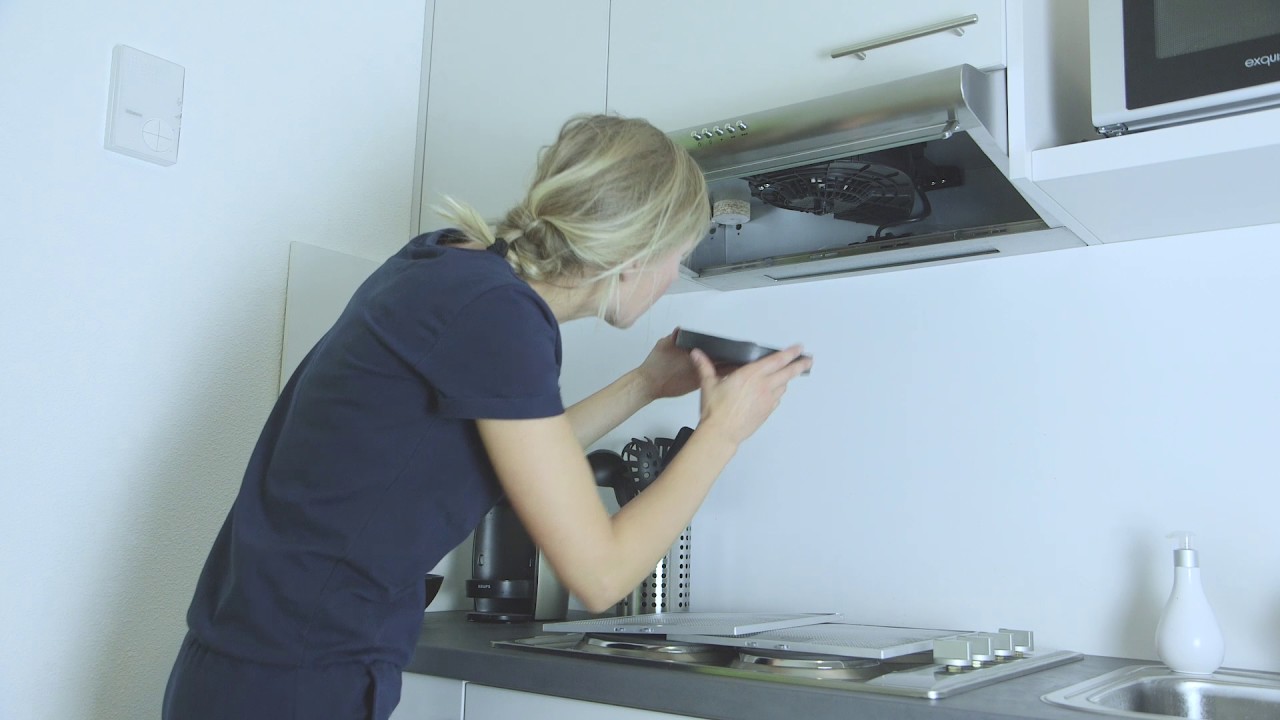
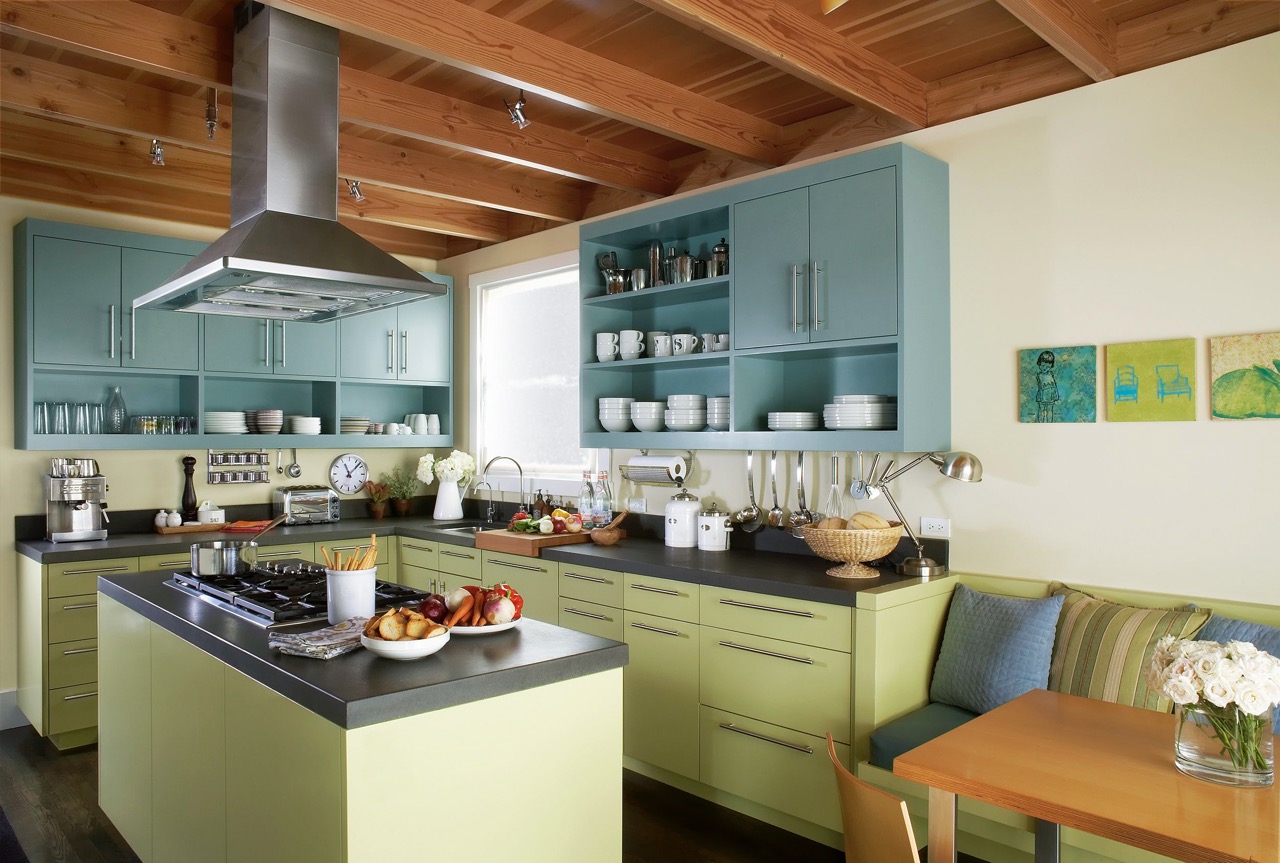
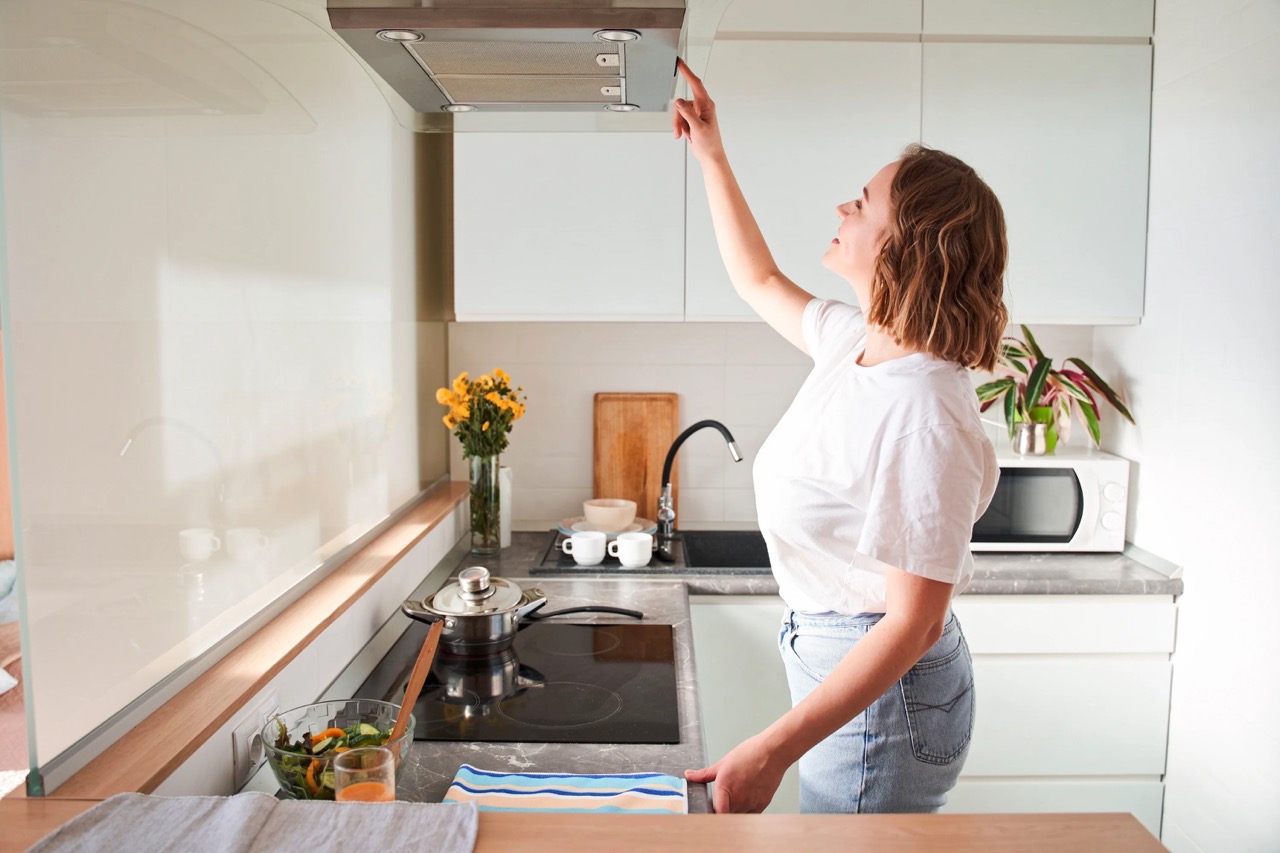
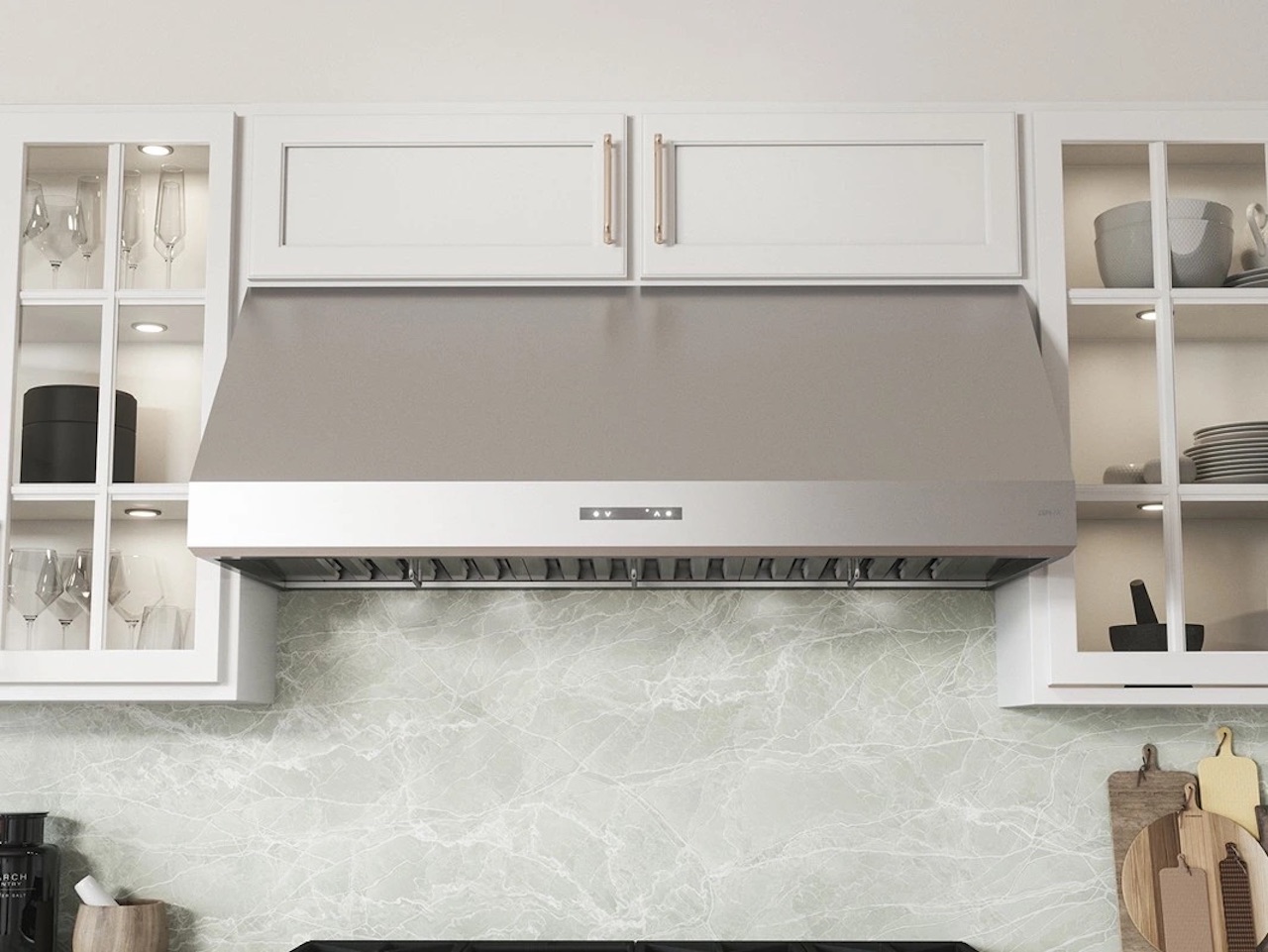
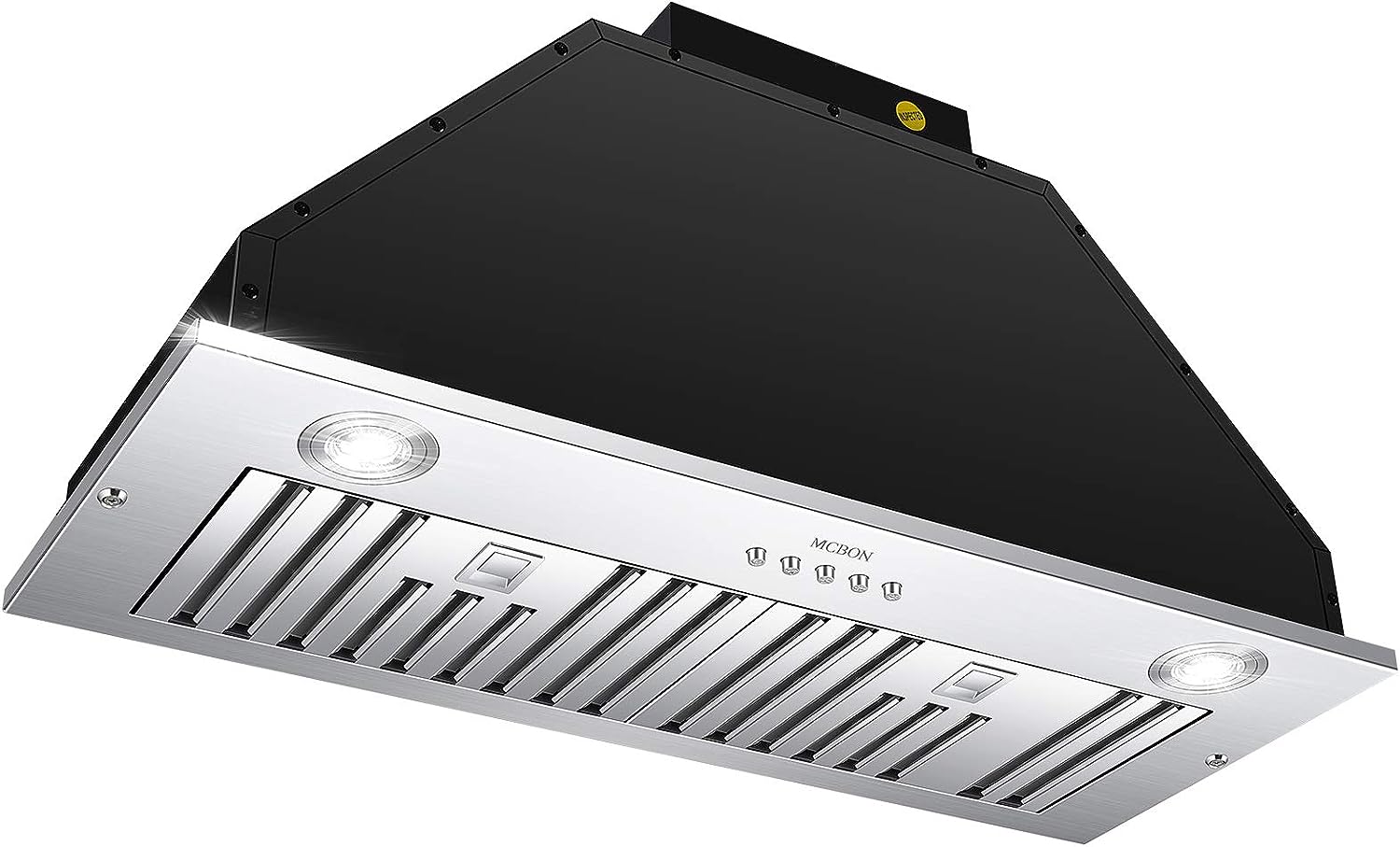
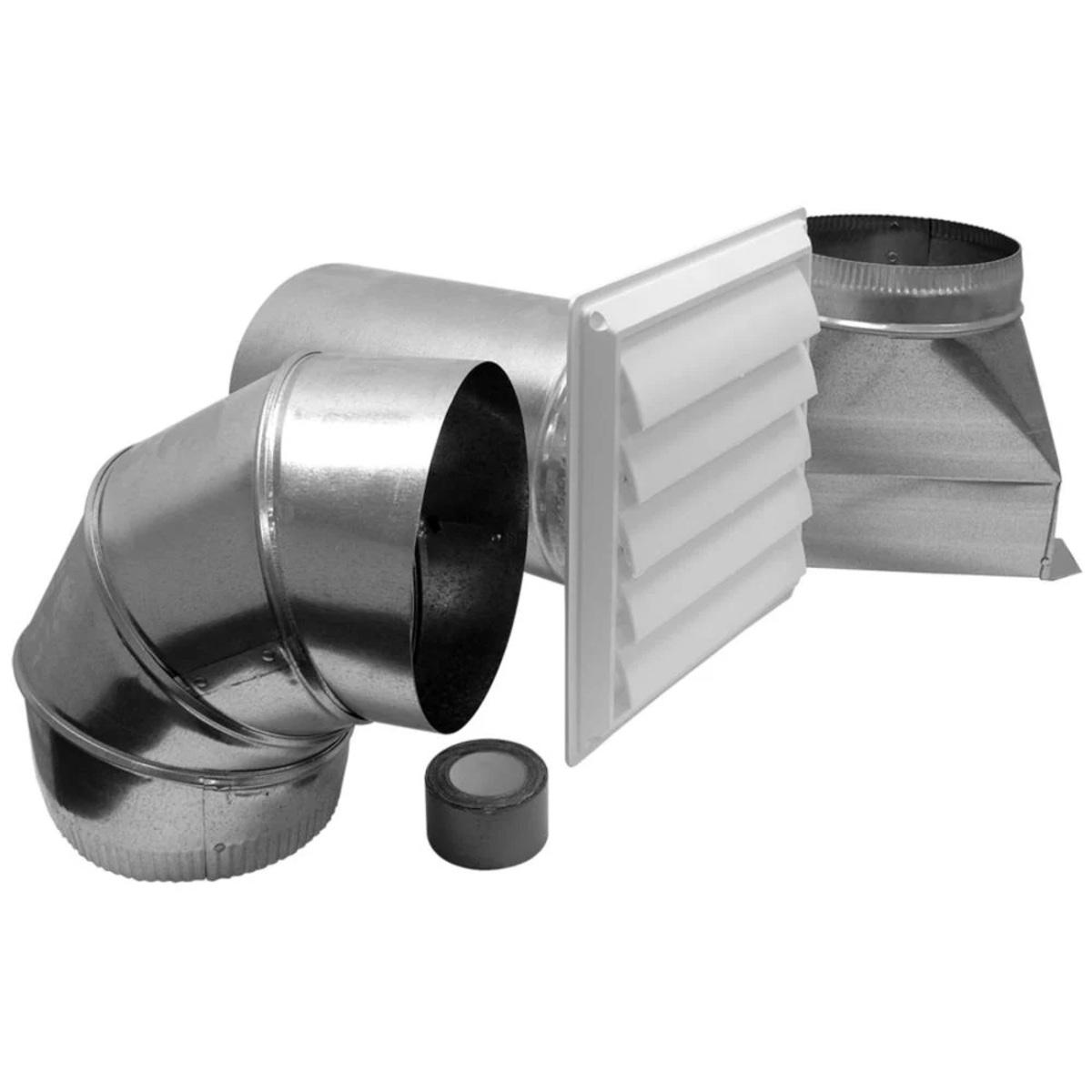
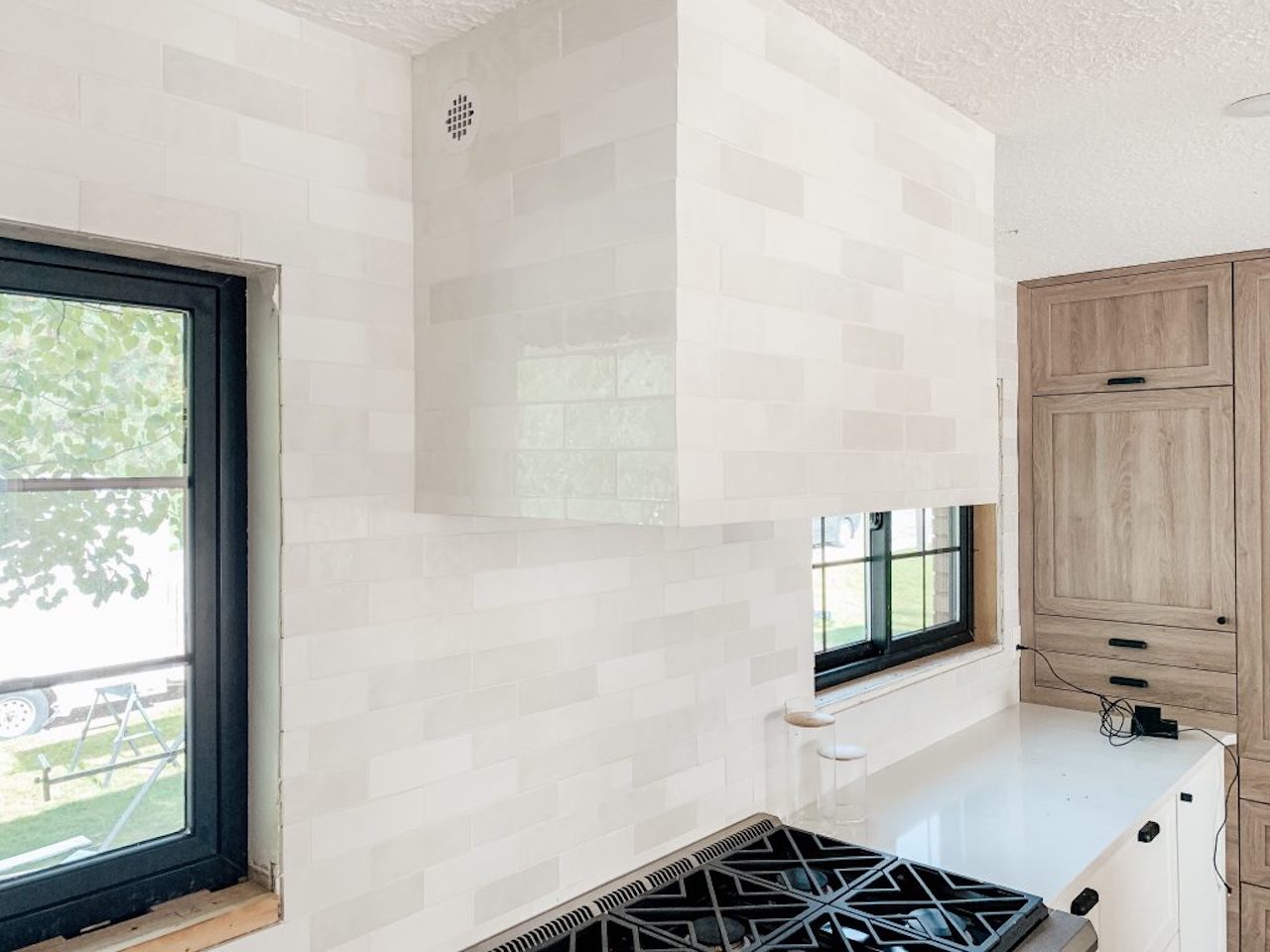
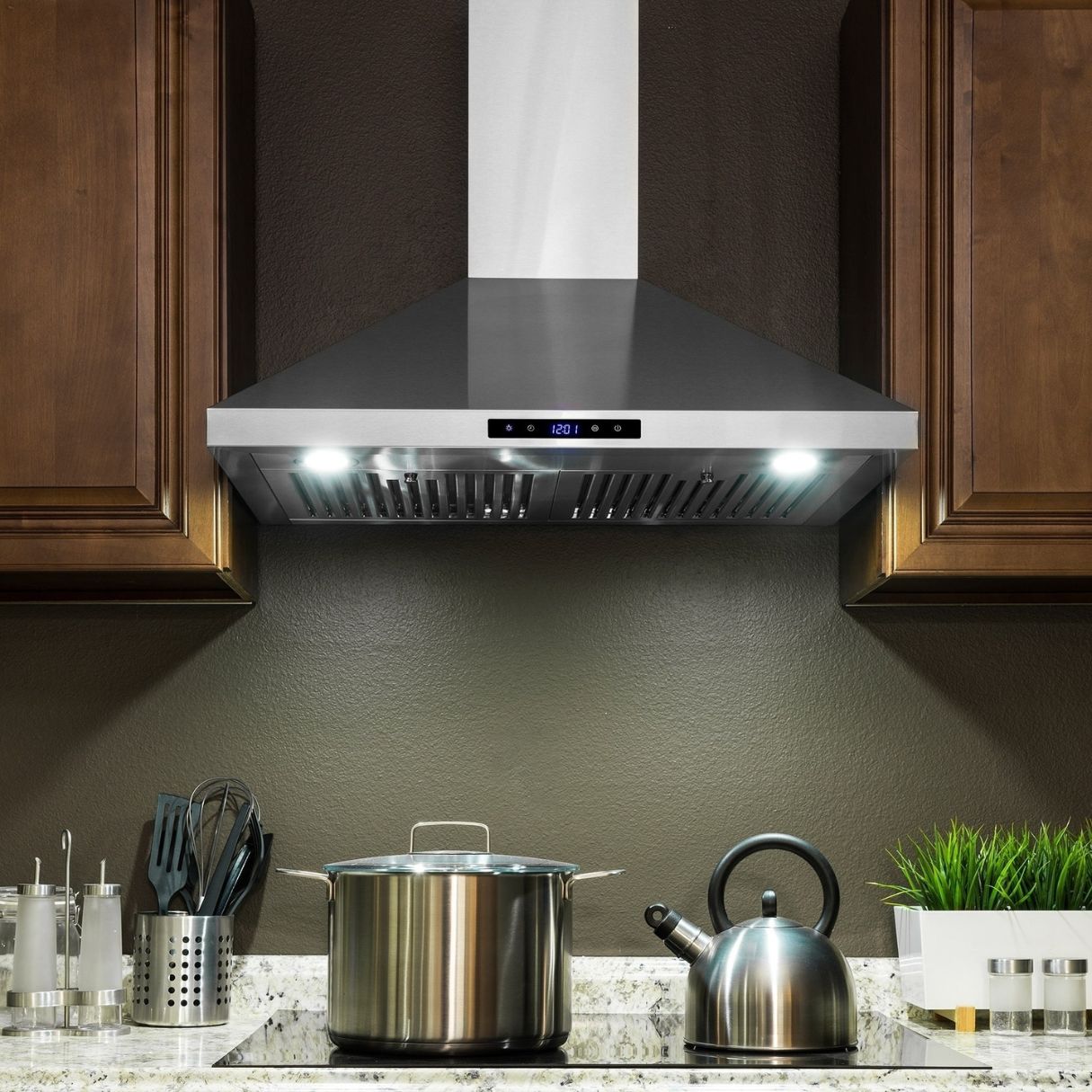
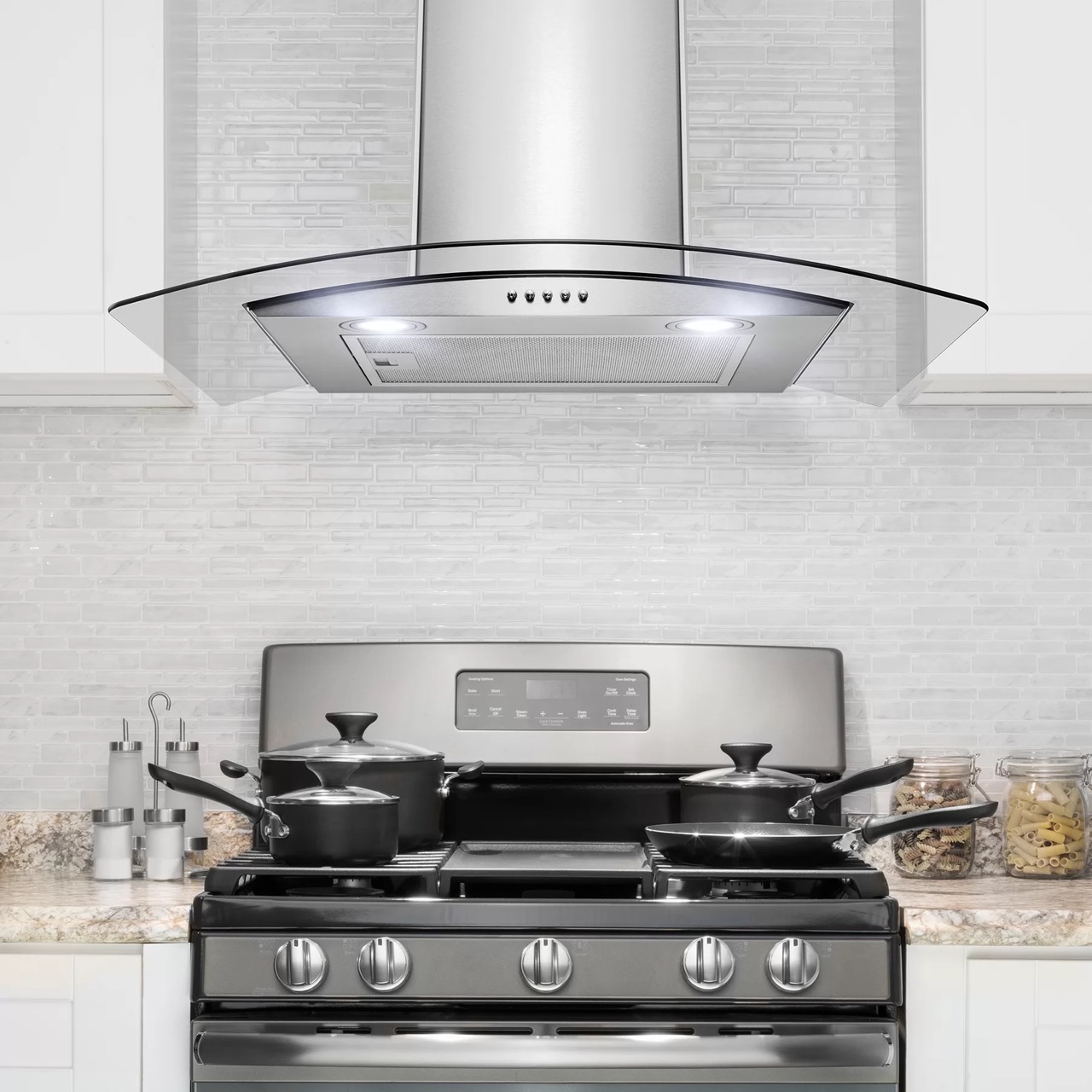
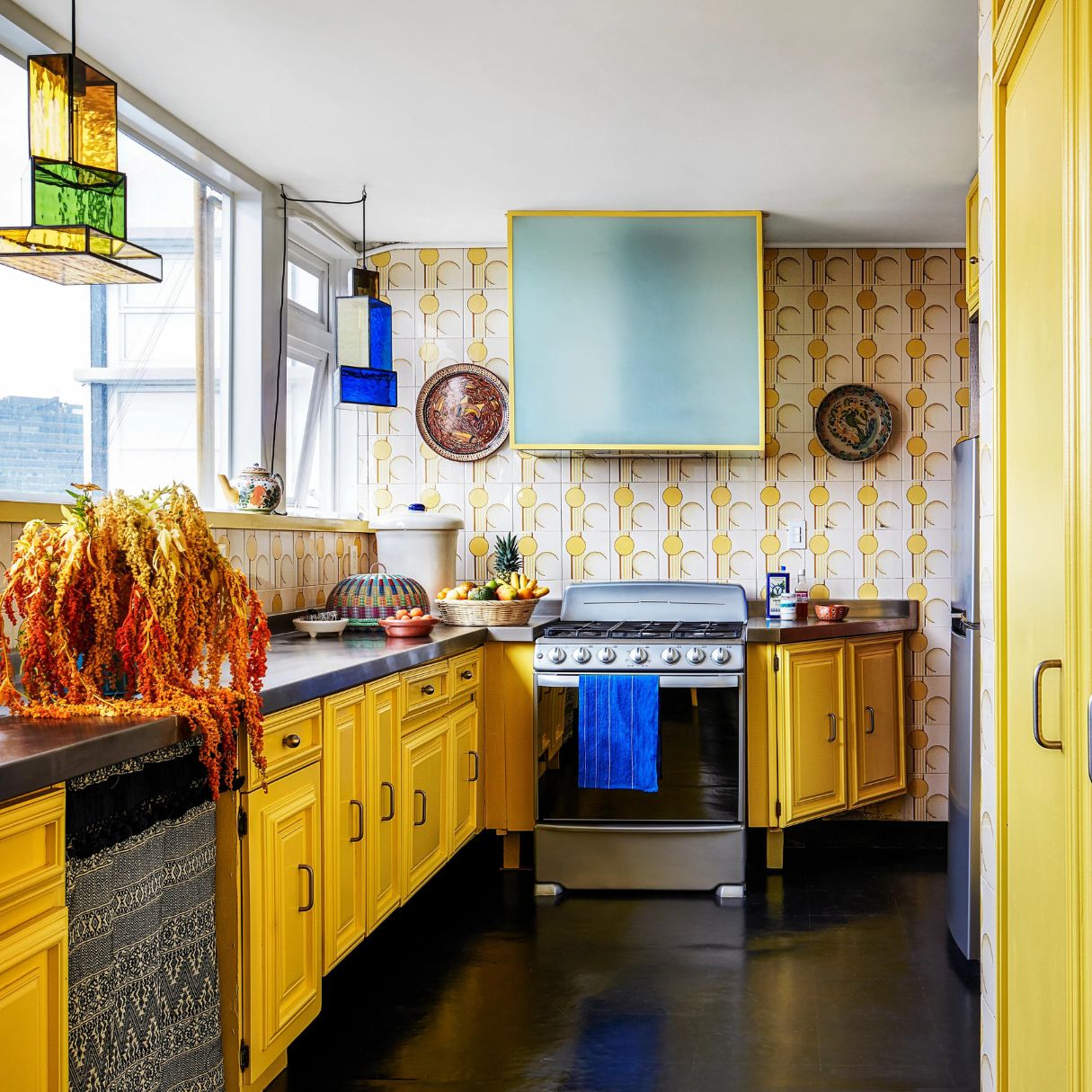
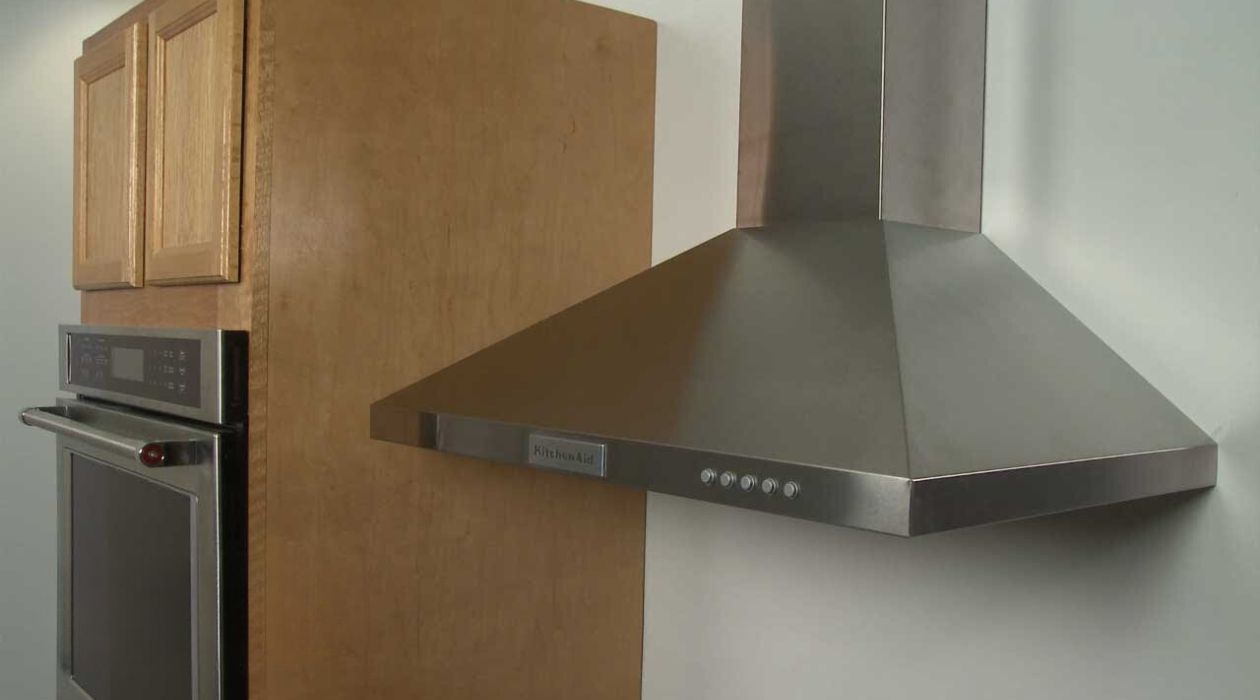
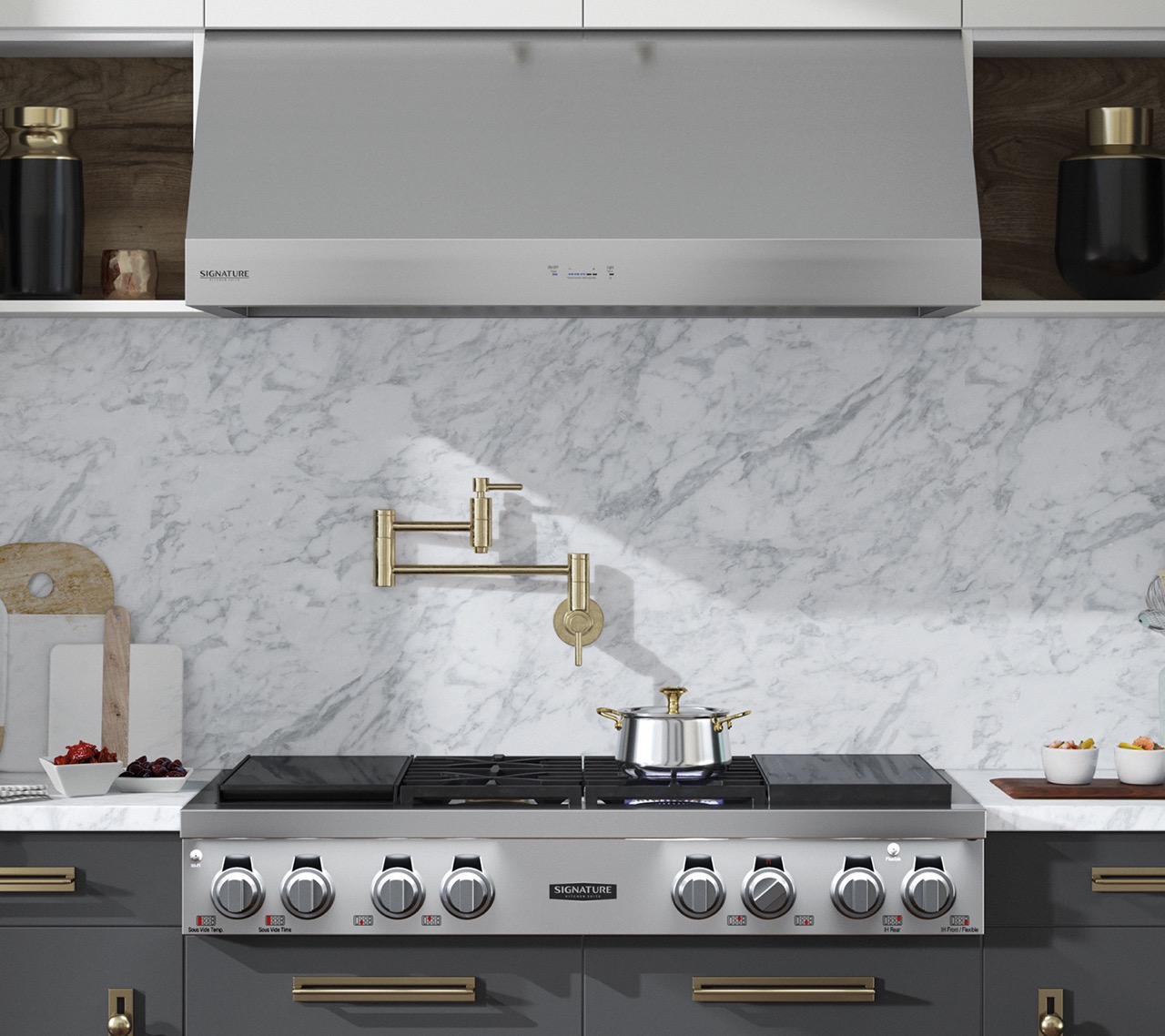
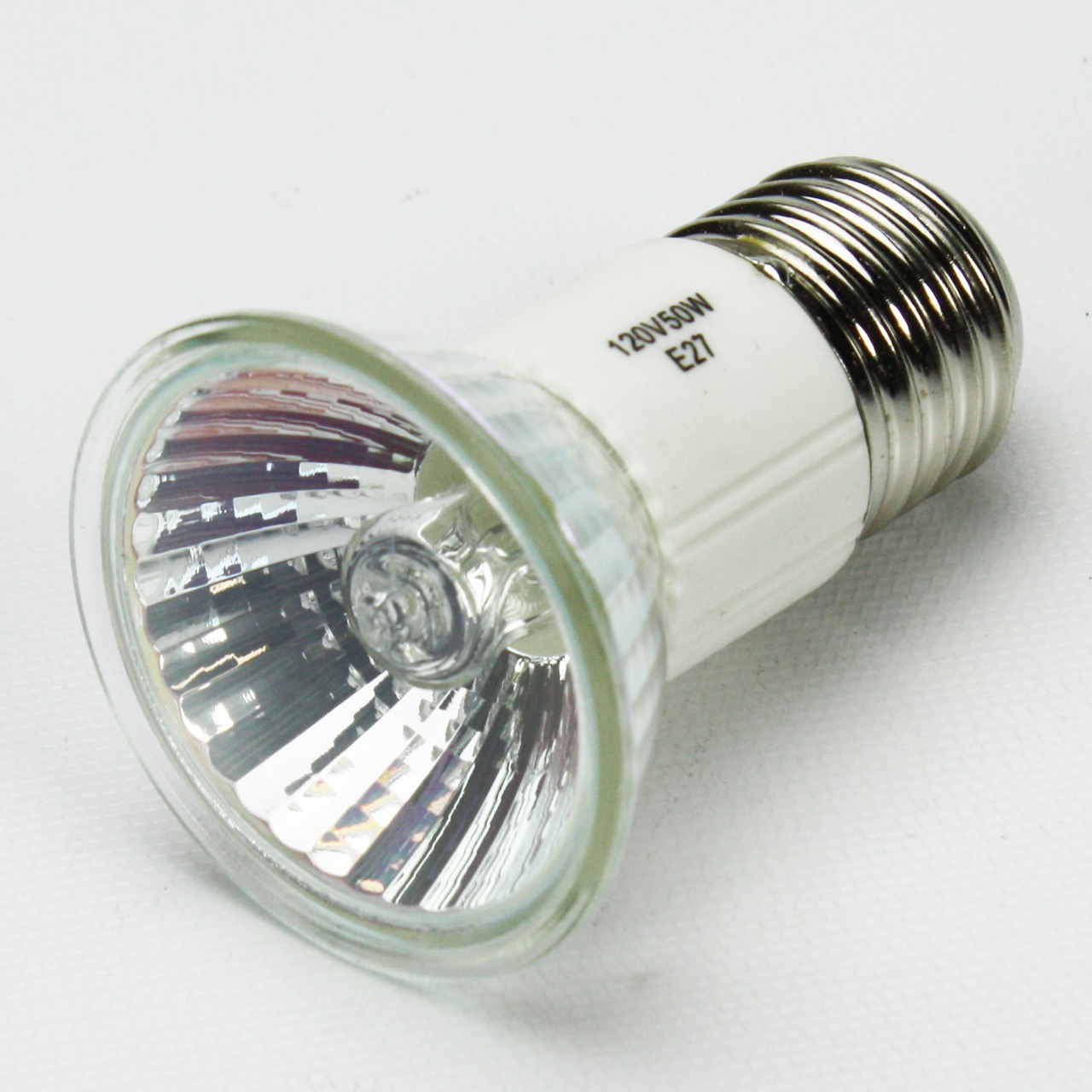

0 thoughts on “What Is A Range Hood”